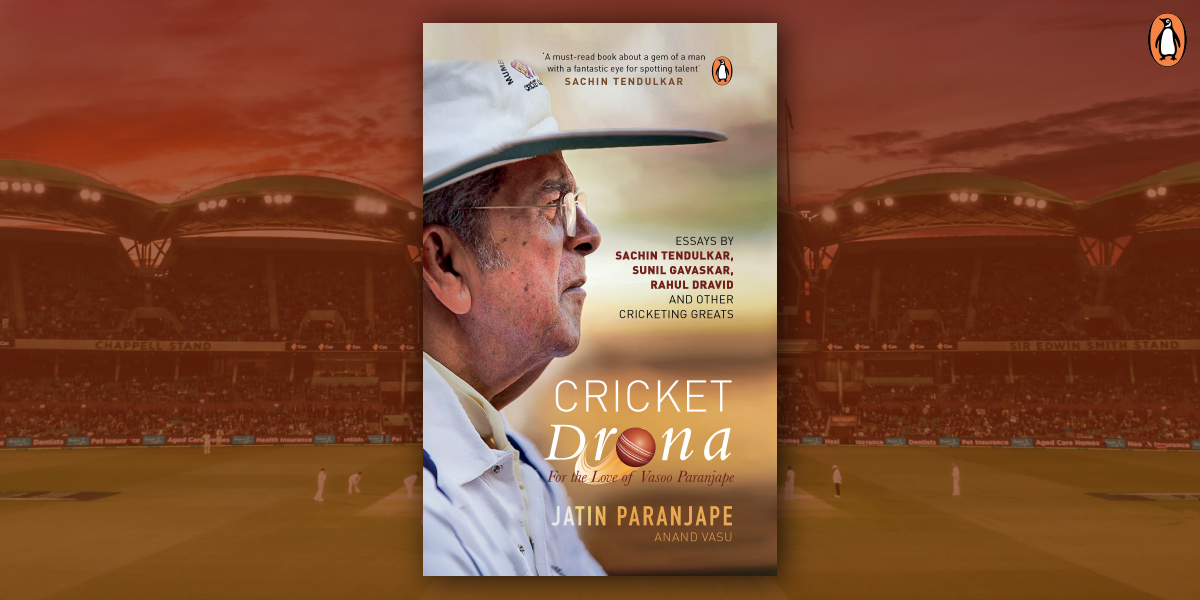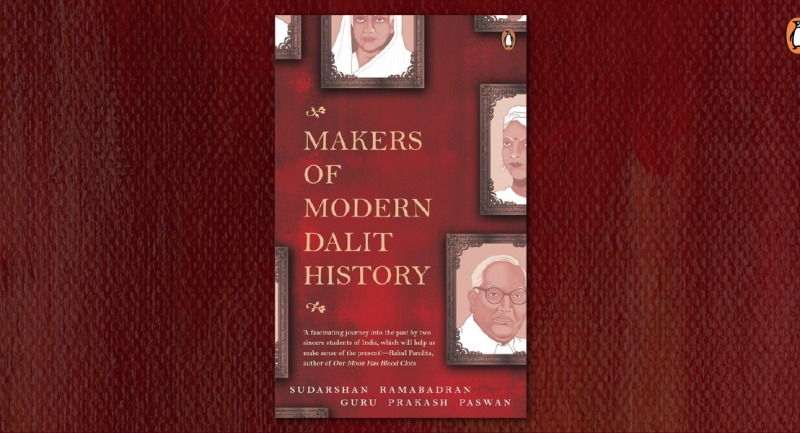
“You couldn’t miss Vasoo Paranjape”, writes Dilip Vengsarkar, opening his essay on the legendary cricket coach who changed the lives of everyone who crossed paths with him in marvellous and indelible ways. Cricket Drona is a portrait of the life and times of Vasoo Paranjape, created through first-hand accounts and stories told by the people who were shaped by his wisdom and his compassion. Get a glimpse into the illustrious mentor’s life trough this extract:
“ I must have been ten or twelve years old when I watched Denis Compton and Vinoo Mankad playing at the Cricket Club of India in a Ranji final. By 1947–48, I was training at the New Hind Club nets and became a member of the Dadar Union Sporting Club at Matunga. I was given a two-year playing membership by the P.J. Hindu Gymkhana in Mumbai. I was a left-arm slow-spin bowler, and I used to bowl the chinaman as a regular part of my armoury. It was a big occasion for me when, one day, I saw all the Indian players playing at the adjoining Matunga Gymkhana ground, including the great Vijay Merchant. Watching me bowl, Merchant called me over for a chat. However, I was so awestruck that I couldn’t muster the courage to respond. In retrospect, my love for the game of cricket originated with that encounter!…
I studied at the King George School and was the captain of the junior team there… During this period, I had the advantage of being coached by the great Homi Vajifdar, who was the first Bombay captain. Vajifdar was a big man with powerful wrists…Leading by example, Vajifdar taught us the value of being a good person. He was disciplined, meticulous and had an eye for detail. If you trained with him, your shoes had to be properly polished and your cricket attire had to be perfect. He always said, ‘Whatever you do, you must be the best at it.’
…I joined Dadar Union in 1953, when Madhav Mantri was captain. We never had any meetings but focused on fielding a month before the league. Mantri used to come from work at 6.05 p.m., remove his tie, get into his cricket attire, and we practised like maniacs…‘A family atmosphere. Terrific bowlers, terrific batsmen and even more terrific fielders. We were a great fielding unit. Daya Dudhwadkar, Suresh Tigdi, Avinash Karnik, Ramnath Parkar, with Sunny in the slips and myself…When I saw him for the first time, Sunny was a young boy who would accompany his father to Dadar Union games. Right from that time I could sense how serious he was about batting. He would play on the sidelines, with one of the team members chucking balls at him endlessly. He played with a very straight bat—quite uncommon for a beginner, as your instinct is to put power into the shot with your bottom hand, which then changes the angle of your bat from the vertical to the horizontal…
On all his English tours, though, he invariably excelled. He had an intuitive ability to adjust to the varying conditions of the English atmosphere and pitches. The matchless 221 he scored at the Oval, during the 1979–80 season, in challenging conditions was possibly the pinnacle of his career, though the 101 he made at Old Trafford in typical English conditions probably gave him greater satisfaction. But for all his successes in England, he could never fulfil the ultimate dream that every batsman has—to score a hundred at Lord’s, the Mecca of cricket.”
Cricket Drona is out now! To read more inspired accounts of how Vasoo Paranjape impacted and changed lives of the most famous cricketers, get your copy here.









